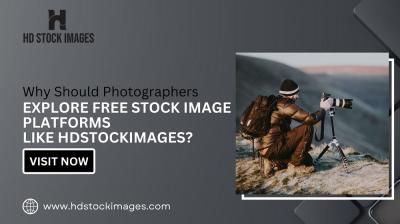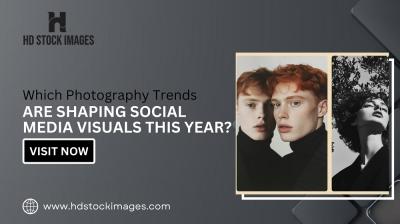1. Introduction
In the fast-paced world of journalism, editorial photography plays a pivotal role in conveying stories, emotions, and events to audiences across the globe. Capturing the essence of a moment through a well-composed image has the power to transcend language barriers and spark meaningful conversations. One of the premier platforms that photographers can harness for their editorial work is Getty Images. With its vast repository of visual content and unmatched industry reputation, Getty Images offers a unique opportunity for photographers to showcase their work to a diverse and engaged audience.This guide aims to provide photographers with comprehensive guidelines and best practices for effectively leveraging Getty Images for editorial photography. As we delve into the intricacies of copyright considerations, technical specifications, and the art of storytelling, you will gain valuable insights into how to craft impactful visual narratives that resonate with editors, journalists, and readers alike.Also Read This: How to Draw Halloween Images: Ideas and Instructions
2. Understanding Getty Images
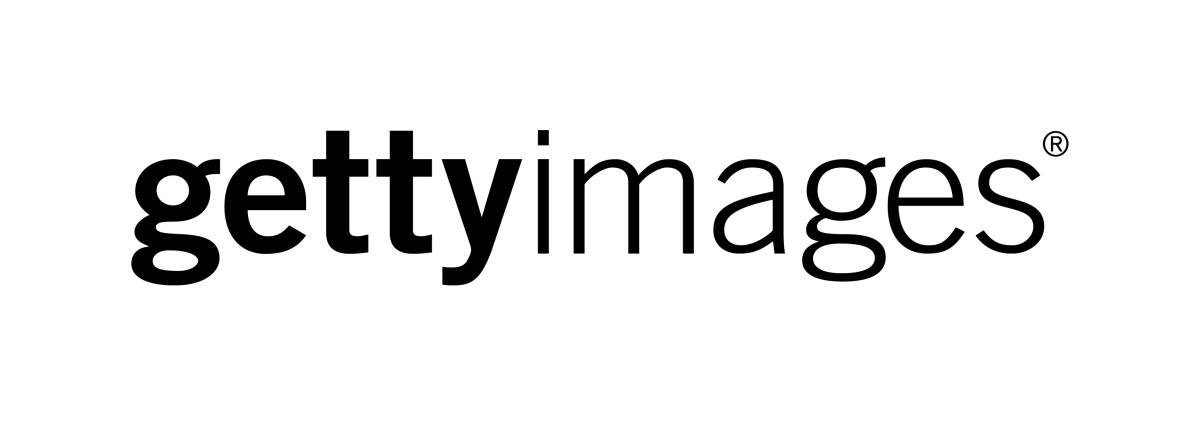 Getty Images is a renowned global provider of high-quality visual content and media solutions. With an extensive collection of photos, videos, and illustrations, Getty Images serves as a valuable resource for creative professionals, businesses, and individuals seeking visual assets for various purposes.
Getty Images is a renowned global provider of high-quality visual content and media solutions. With an extensive collection of photos, videos, and illustrations, Getty Images serves as a valuable resource for creative professionals, businesses, and individuals seeking visual assets for various purposes.Getty Images Background and History
Getty Images, founded in 1995, has evolved into one of the world's most renowned visual content platforms. From its inception as a traditional stock photo agency, Getty Images has transformed the way media professionals and content creators access and utilize visual assets. The platform's rich history encompasses partnerships with esteemed photographers, journalists, and media outlets, making it an indispensable resource for sourcing compelling imagery.Types of Content Available
Getty Images offers a diverse range of visual content to cater to various creative and editorial needs:1. Editorial Images: These images capture real-life events, people, and situations, preserving the authenticity and context of the moment. Editorial images are often used to enhance news stories, features, and documentaries, providing a candid and unfiltered depiction of the world.2. Creative Images: In contrast, creative images allow for artistic interpretation and manipulation. These visuals can be employed in advertising, branding, and other commercial applications, enabling creative professionals to tell imaginative stories.C. Benefits of Using Getty Images for Editorial Photography
Leveraging Getty Images as an editorial photographer offers several compelling advantages:1. Global Reach: Getty Images' extensive distribution network ensures that your work reaches a worldwide audience, spanning media outlets, publications, and digital platforms.2. Credibility: Associating your work with Getty Images enhances your professional reputation, aligning you with a brand synonymous with high-quality visual storytelling.3. Access to Resources: Getty Images provides tools, insights, and industry expertise that can assist photographers in refining their craft, optimizing metadata, and improving their marketability.In the following sections, we will delve deeper into the guidelines and strategies that will empower you to make the most of this powerful platform for your editorial photography endeavors.This video explains Leveraging Getty Images for Editorial Photography:Also Read This: How to Access Your Adobe Stock Photos
3. Guidelines for Successful Editorial Photography on Getty Images
Getty Images' Guidelines for Successful Editorial Photography offer valuable insights to photographers seeking to create impactful and authentic editorial content. This comprehensive resource covers essential aspects such as storytelling, composition, capturing candid moments, adhering to ethical standards, and optimizing images for publication.A. Legal and Ethical Considerations
1. Copyright and Usage Rights: Before submitting images to Getty Images, ensure you have the legal right to do so. Understand copyright laws and only upload images for which you hold the necessary rights or have obtained the required permissions.2. Model and Property Releases: For images featuring recognizable individuals or private property, obtain appropriate model and property releases to grant permission for commercial use.3. Accurate Captioning and Contextual Information: Provide accurate and detailed captions, including relevant context and information about the subjects or events depicted. Clear and informative captions enhance the editorial value of your images.Editorial Content Criteria
1. Newsworthiness and Relevance: Focus on capturing moments and subjects that hold significance within current events or broader narratives. Your images should contribute to the understanding and discussion of noteworthy topics.2. Authenticity and Candid Moments: Aim for candid and genuine captures that evoke emotions and portray the reality of the scene. Authentic images resonate more strongly with audiences.3. Cultural Sensitivity and Diversity: Ensure your images reflect a diverse range of cultures, perspectives, and experiences. Approach sensitive topics with empathy and respect.Technical Specifications
1. Image Resolution and Quality: High-resolution images are essential for editorial use. Submit images that are sharp, well-composed, and suitable for print and digital publication.2. Metadata and Keywords: Accurate metadata, captions, and keywords increase the discoverability of your images. Use relevant keywords that describe the subject matter, location, and themes.3. Image File Formats: Follow Getty Images' guidelines for preferred file formats (e.g., JPEG), color profiles, and compression settings to ensure optimal image quality and compatibility.Submission Process
1. Account Setup and Contributor Agreement: Create a contributor account on Getty Images and review and accept the contributor agreement. Familiarize yourself with the platform's terms and policies.2. Uploading Images: Use Getty Images' user-friendly interface to upload your images. Organize your submissions into appropriate categories and include accurate metadata.3. Review and Approval Timeline: Understand that the review and approval process may take time. Be patient and prepared to make necessary revisions based on feedback from Getty Images' editorial team.By adhering to these guidelines, you'll position yourself for success in the competitive realm of editorial photography on Getty Images. Your commitment to legal compliance, editorial integrity, and technical excellence will contribute to the overall quality of the platform's content and enhance your reputation as a skilled editorial photographer.Also Read This: What Sets Podcasters Apart from YouTubers
4. Best Practices for Maximizing Editorial Photography Impact
Discover the art of harnessing editorial photography's potential with expert insights and strategies. This guide delves into proven techniques for crafting compelling visual narratives, optimizing composition, capturing authentic moments, and leveraging lighting to amplify the emotional resonance of your editorial images.A. Storytelling through Images
1. Capturing Emotion and Narrative: Seek out moments that evoke emotion and tell a compelling story. Focus on human interactions, expressions, and reactions that can convey the essence of an event or situation.2. Contextualizing the Event or Subject: Frame your shots to provide context and background information. Wide shots that incorporate surroundings and details can enhance the viewer's understanding of the subject matter.Navigating Trends and Current Events
1. Staying Informed and Relevant: Stay attuned to current events, trends, and emerging stories. Regularly follow news sources and engage with discussions to identify opportunities for impactful editorial photography.2. Anticipating Emerging Stories: Develop the ability to anticipate and predict events that may become newsworthy. Being ahead of the curve can lead to capturing exclusive and influential images.Collaborating with Editors and Journalists
1. Building Relationships and Trust: Establish connections with editors, journalists, and media professionals. Effective communication and collaboration can lead to assignments and exclusive access to events.2. Meeting Editorial Demands and Deadlines: Understand the editorial process and be responsive to deadlines. Deliver images promptly while ensuring they align with the editorial direction and requirements.These best practices are designed to help you not only create impactful editorial images but also effectively position yourself within the competitive editorial photography landscape. By mastering the art of visual storytelling, staying informed, collaborating effectively, and promoting your work strategically, you can maximize the impact of your editorial photography on Getty Images and beyond.Getty Images, Inc. British-American visual media company and a supplier of stock images, editorial photography, video and music for business and consumers, archive of over 200 million assets. Targets 3 markets—creative professionals, the media, and corporate. Owner: Getty family pic.twitter.com/XmFtpLSEBB
— darius volket 4 Corners of the Earth (@DariusVolket) December 1, 2021
Also Read This: How to View Your Favorites on Adobe Stock
5. Case Studies: Successful Editorial Photography on Getty Images
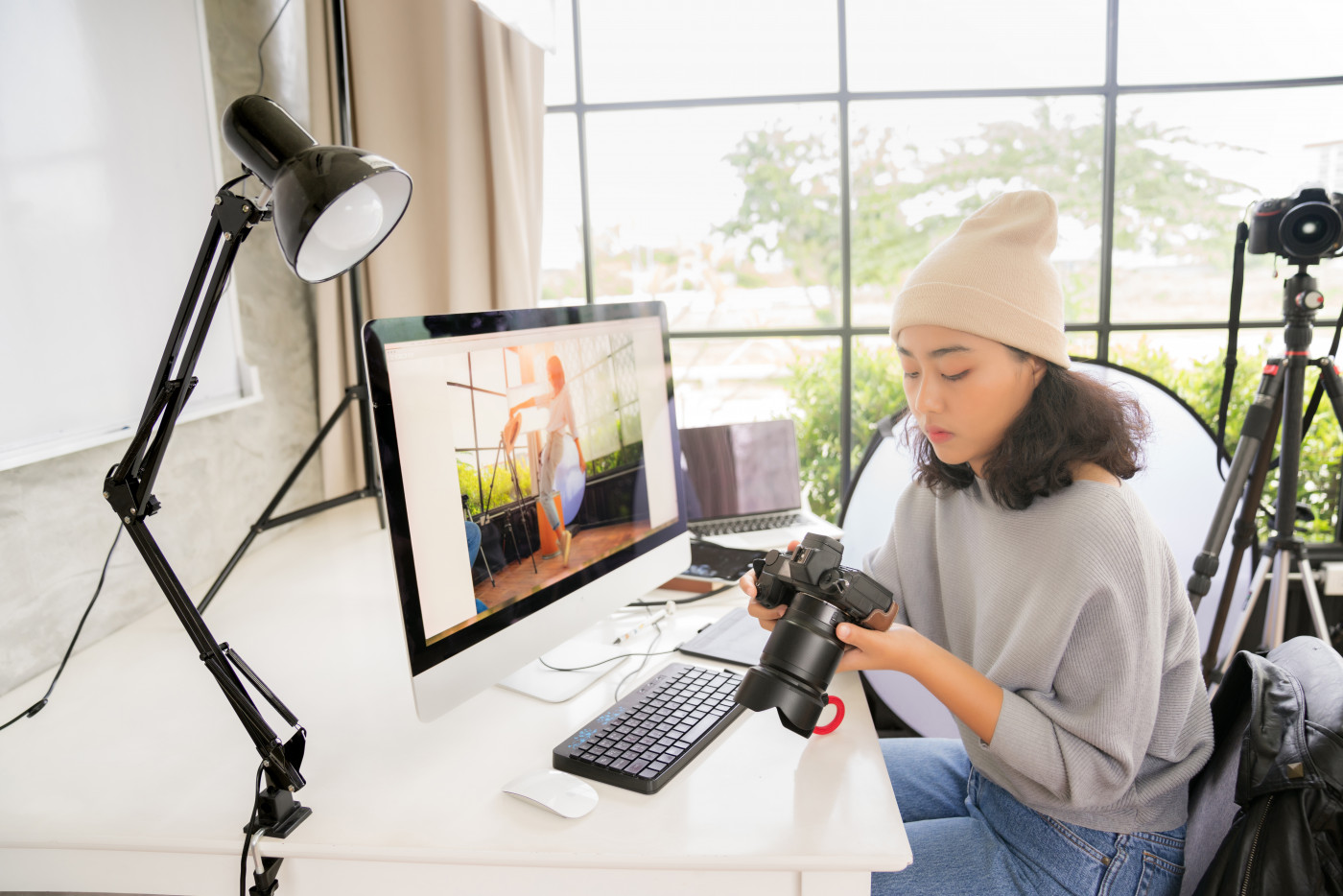 Explore a collection of captivating case studies that showcase the art and business of successful editorial photography on Getty Images. Delve into the stories behind iconic images that have shaped narratives, ignited emotions, and graced the pages of publications worldwide. Uncover the strategies, creative insights, and technical mastery that photographers employ to capture authentic moments.
Explore a collection of captivating case studies that showcase the art and business of successful editorial photography on Getty Images. Delve into the stories behind iconic images that have shaped narratives, ignited emotions, and graced the pages of publications worldwide. Uncover the strategies, creative insights, and technical mastery that photographers employ to capture authentic moments.Covering Major Events
1. Political Conventions: Explore how photographers captured the energy and drama of political conventions, providing insights into the political process and the candidates vying for office.2. Sports Championships: Examine the techniques used to capture the intensity and emotion of sports championships, from thrilling victories to heart-wrenching defeats.3. Cultural Festivals: Dive into images that portray the vibrancy and diversity of cultural festivals, showcasing the traditions, celebrations, and gatherings that define societies.Documenting Human Stories
1. Environmental Issues: Analyze images that shed light on environmental challenges, illustrating the impact of climate change, pollution, and conservation efforts.2. Social Movements: Explore photographs that document social activism and movements, capturing the power of collective action and the struggle for change.3. Humanitarian Crises: Investigate how photographers provide a window into humanitarian crises, conveying the plight of refugees, disaster survivors, and marginalized communities.Through these case studies, you'll gain valuable insights into the techniques, approaches, and thought processes that contributed to the success of these impactful editorial images on Getty Images. By deconstructing these examples, you can apply similar strategies to your own work, enhancing your ability to capture and convey powerful narratives through your editorial photography.Here's a table summarizing the case studies for successful editorial photography on Getty Images:
| Case Studies | Focus | Key Takeaways |
|---|---|---|
| Covering Major Events | Political Conventions | Capturing political fervor and drama. |
| Sports Championships | Conveying the intensity and emotion of sports. | |
| Cultural Festivals | Showcasing diversity and traditions. | |
| Documenting Human Stories | Environmental Issues | Highlighting environmental challenges. |
| Social Movements | Documenting social activism and change. | |
| Humanitarian Crises | Portraying human struggles and resilience. |
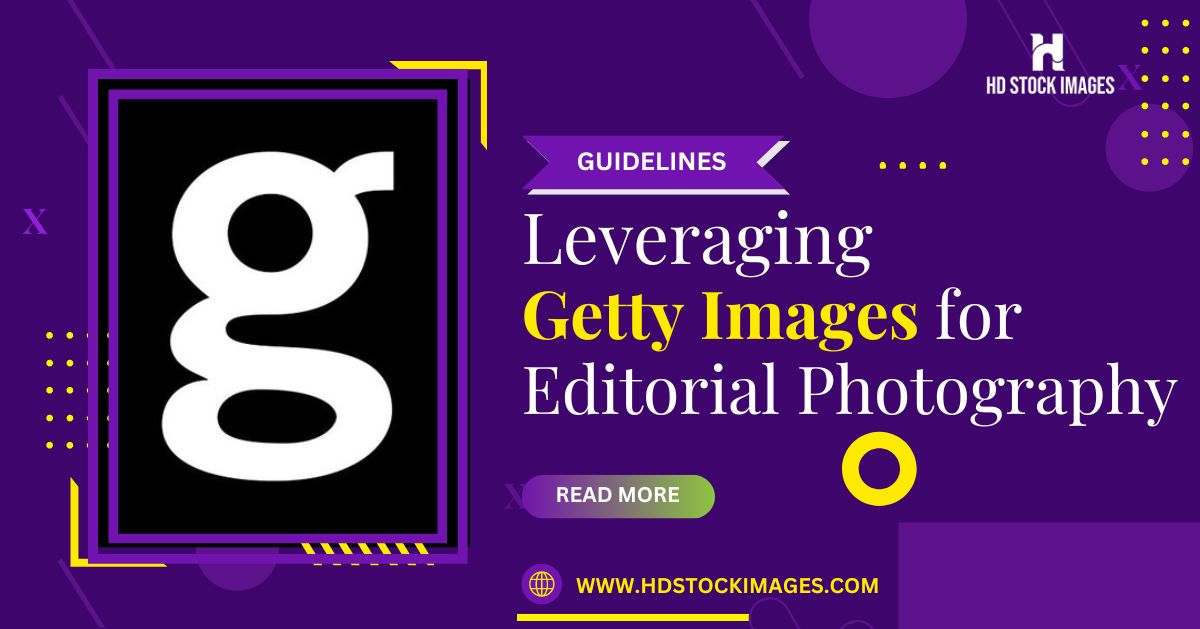
 admin
admin





